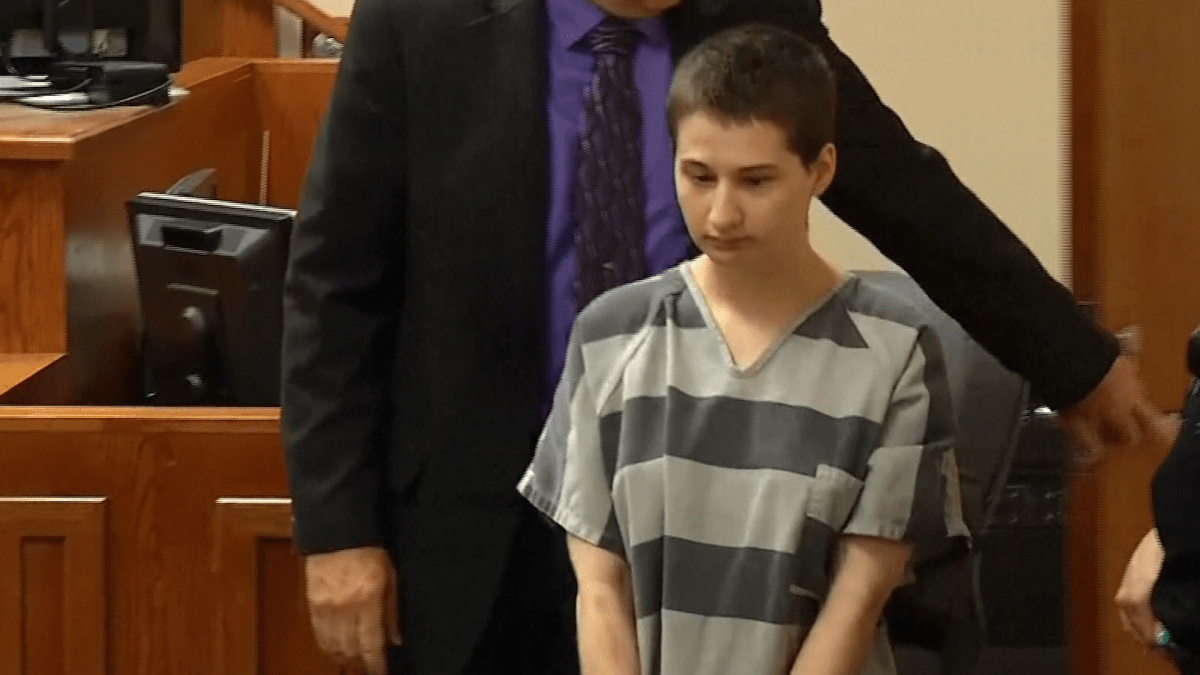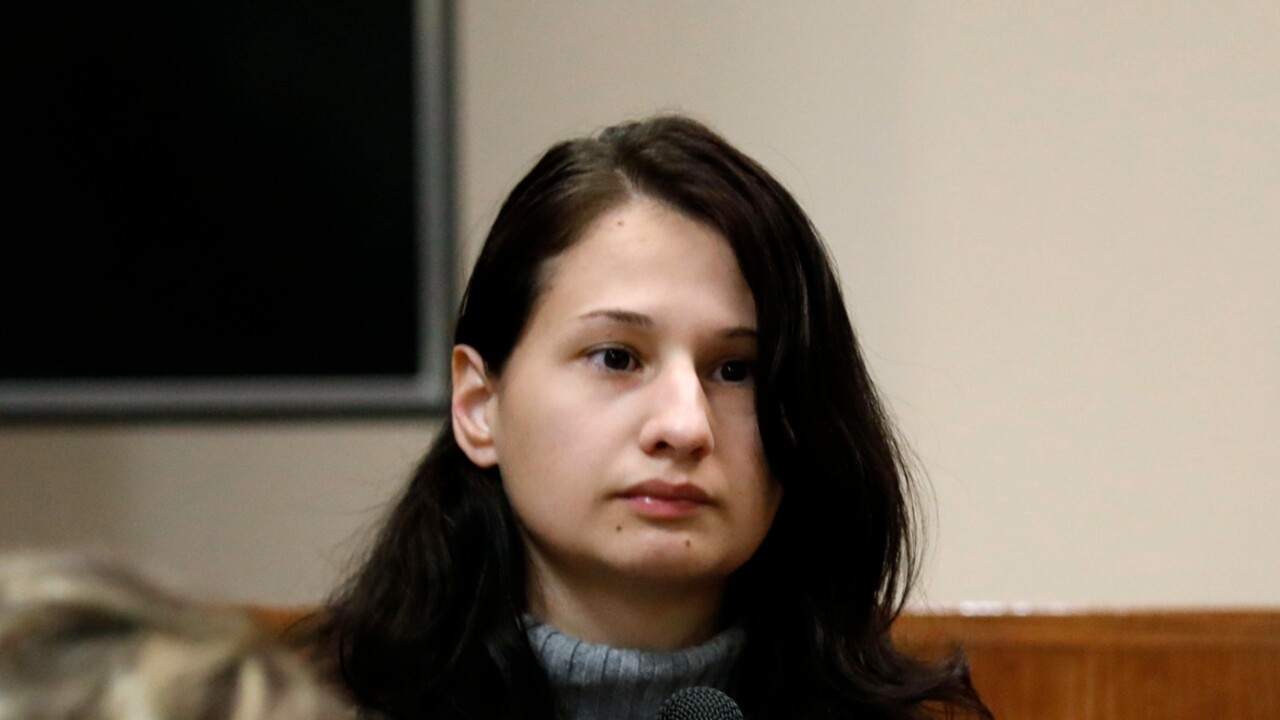The Gypsy Rose crime scene graphic has captivated the public's attention, becoming a symbol of one of the most intriguing and chilling cases in recent history. The story of Gypsy Rose Blanchard and her mother, Debra Blanchard, shocked the nation when it came to light. The graphic depiction of the crime scene has added another layer of complexity to this already disturbing tale. In this article, we will delve into the details of the case, explore the graphic elements associated with the crime scene, and analyze the psychological aspects that contributed to this tragic event.
This case is not just a sensational story; it is a profound exploration of human behavior, manipulation, and the lengths to which individuals may go to escape control. The Gypsy Rose crime scene graphic serves as a visual reminder of the brutality and the psychological warfare that unfolded behind closed doors.
As we examine the details of this case, it is essential to understand the context and the impact it has had on society. The graphic nature of the crime scene has sparked debates about the ethics of media coverage and the public's fascination with true crime. Let's explore this case further, uncovering the truth behind the headlines and the graphic representations.
Read also:Unlock The Secrets Of The 7 Moverules A Comprehensive Guide
Biography of Gypsy Rose Blanchard
Early Life and Background
Gypsy Rose Blanchard was born on September 12, 1991, in Springfield, Missouri. Her life was marked by a series of medical conditions that were allegedly diagnosed by her mother, Debra Blanchard. From a young age, Gypsy was confined to a wheelchair and required constant medical attention. Below is a brief overview of her early life:
| Full Name | Gypsy Rose Blanchard |
|---|---|
| Date of Birth | September 12, 1991 |
| Place of Birth | Springfield, Missouri |
| Occupation | Student (before the crime) |
Gypsy's life was heavily controlled by her mother, who allegedly fabricated her daughter's illnesses to gain attention and sympathy from others. This manipulation would later play a significant role in the events leading up to the crime.
The Gypsy Rose Crime Scene: A Closer Look
Key Details of the Crime
The Gypsy Rose crime scene graphic depicts the tragic murder of Debra Blanchard, Gypsy's mother. The crime occurred on July 13, 2015, when Gypsy, along with her boyfriend Nicholas Godejohn, allegedly plotted to kill her mother. The graphic elements of the crime scene include bloodstains, the layout of the house, and the positions of the victims.
According to reports, Debra Blanchard was stabbed multiple times in her home. The graphic nature of the crime scene has been documented through photographs and forensic analyses, which have become part of the public record. These visuals have contributed to the case's notoriety and have sparked widespread interest in the psychological dynamics at play.
Psychological Manipulation and Munchausen by Proxy
Understanding Munchausen by Proxy
Munchausen by Proxy is a psychological disorder in which a caregiver fabricates or induces illness in a dependent individual, often a child. In the case of Gypsy Rose Blanchard, her mother, Debra, was accused of deliberately exaggerating or inventing Gypsy's medical conditions to gain sympathy and attention.
- Munchausen by Proxy is a form of abuse.
- Victims often suffer from unnecessary medical procedures.
- The disorder can lead to severe psychological trauma for the victim.
Experts in psychology and forensic science have analyzed the relationship between Gypsy and her mother, highlighting the devastating effects of this form of manipulation. Understanding the psychological aspects of the case is crucial in comprehending the motivations behind the crime.
Read also:Bollyflixvip The Ultimate Guide To Streaming Bollywood Movies
Legal Proceedings and Sentencing
The Trial of Gypsy Rose Blanchard
Gypsy Rose Blanchard was tried for the murder of her mother, Debra Blanchard. The trial brought to light the complex dynamics of their relationship and the role of psychological manipulation in the crime. Evidence presented during the trial included:
- Text messages between Gypsy and Nicholas Godejohn.
- Forensic evidence from the crime scene.
- Testimonies from medical professionals and psychologists.
Gypsy was ultimately sentenced to life in prison for her role in the murder. The trial shed light on the psychological trauma she endured at the hands of her mother, raising questions about the extent of her culpability.
Media Coverage and Public Reaction
The Role of Graphic Media
The Gypsy Rose crime scene graphic has been widely disseminated through media outlets, sparking both fascination and criticism. The graphic nature of the images has raised ethical questions about the media's responsibility to report on true crime cases without sensationalizing them. Key points include:
- Media outlets must balance public interest with ethical considerations.
- Graphic images can evoke strong emotional reactions from the audience.
- Public fascination with true crime has led to increased demand for detailed coverage.
Experts in journalism and ethics have weighed in on the implications of graphic media coverage, emphasizing the need for responsible reporting.
Psychological Impact on Society
Understanding the Public's Fascination
The Gypsy Rose crime scene graphic has contributed to the public's fascination with the case, reflecting broader societal trends in true crime consumption. The psychological impact of such graphic depictions includes:
- Increased awareness of psychological manipulation and abuse.
- Debate over the ethics of media coverage in true crime cases.
- Empathy for victims and their families.
Psychologists and sociologists have studied the effects of graphic media on public perception, highlighting the importance of responsible content creation and consumption.
Lessons Learned from the Gypsy Rose Case
Preventing Future Cases
The Gypsy Rose crime scene graphic serves as a powerful reminder of the need to address psychological abuse and manipulation in families. Lessons learned from the case include:
- Recognizing the signs of Munchausen by Proxy and other forms of abuse.
- Providing support for victims and their families.
- Encouraging responsible media coverage of true crime cases.
By raising awareness and promoting education, society can work towards preventing similar tragedies in the future.
Expert Opinions and Analysis
Insights from Forensic Psychologists
Forensic psychologists have provided valuable insights into the Gypsy Rose case, analyzing the psychological dynamics between Gypsy and her mother. Key findings include:
- The impact of prolonged manipulation on a victim's psyche.
- The role of trauma in influencing behavior and decision-making.
- The importance of understanding the psychological context of crimes.
Experts emphasize the need for interdisciplinary collaboration in addressing complex cases like Gypsy Rose's, ensuring that victims receive appropriate support and justice is served.
Conclusion: Reflecting on the Gypsy Rose Crime Scene Graphic
In conclusion, the Gypsy Rose crime scene graphic has played a significant role in shaping public perception of this harrowing case. The graphic depiction of the crime scene has sparked important discussions about psychological manipulation, abuse, and the ethics of media coverage. By examining the details of the case, we gain a deeper understanding of the complex dynamics at play and the lessons that can be learned.
We invite you to share your thoughts and reflections in the comments section below. Additionally, consider exploring other articles on our site for more insights into true crime and its impact on society. Together, we can foster a greater understanding of these complex issues and work towards a safer, more informed world.
Table of Contents
- Biography of Gypsy Rose Blanchard
- The Gypsy Rose Crime Scene: A Closer Look
- Psychological Manipulation and Munchausen by Proxy
- Legal Proceedings and Sentencing
- Media Coverage and Public Reaction
- Psychological Impact on Society
- Lessons Learned from the Gypsy Rose Case
- Expert Opinions and Analysis
- Conclusion: Reflecting on the Gypsy Rose Crime Scene Graphic


